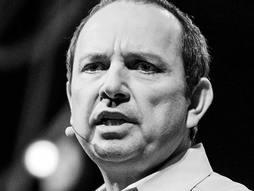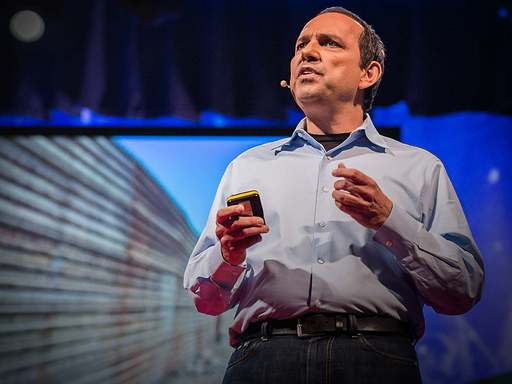Teddy Cruz looks for clues to the "city of the future" in the emerging urban areas of today.
Why you should listen
Teddy Cruz works at the crossroads of architecture, urbanism, policy and art. He has looked deeply, over many years, at the Tijuana-San Diego area spanning the US-Mexico border -- a thriving, high-density, high-activity zone of trade and urban relationships -- and at other southern cities. And he suggests that the modern, highly planned cities of the developed world have much to learn from these developments. The informal shops, garages and neighborhoods of a boomtown are built to maximize "social flow" -- because buildings are easy to put up and modify, they can respond exactly to the inhabitant's needs, connecting them to the community and the city.
In collaboration with community-based nonprofits such as Casa Familiar, Cruz and his team also explore new visions for affordable housing, in relationship to an urban policy more inclusive of social and cultural programs for the city. In 1991, Cruz received the Rome Prize in Architecture; in 2005 he was the first recipient of the James Stirling Memorial Lecture On The City Prize. Born in Guatemala, he is a professor in public culture and urbanism in the Visual Arts Department at University of California, San Diego.
What others say
“Where others saw poverty and decay, he saw the seeds of a vibrant social and architectural model.” — The New York Times

